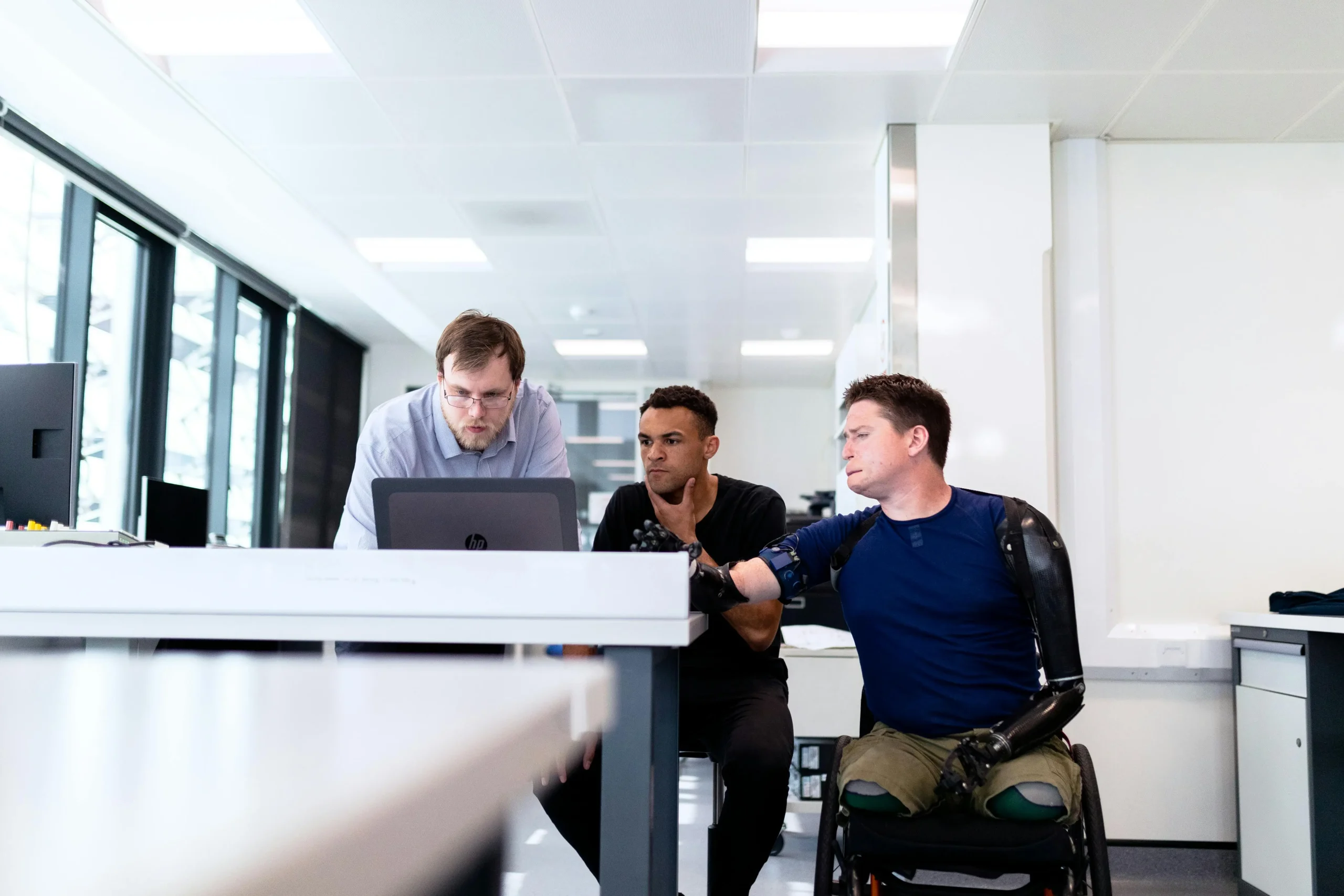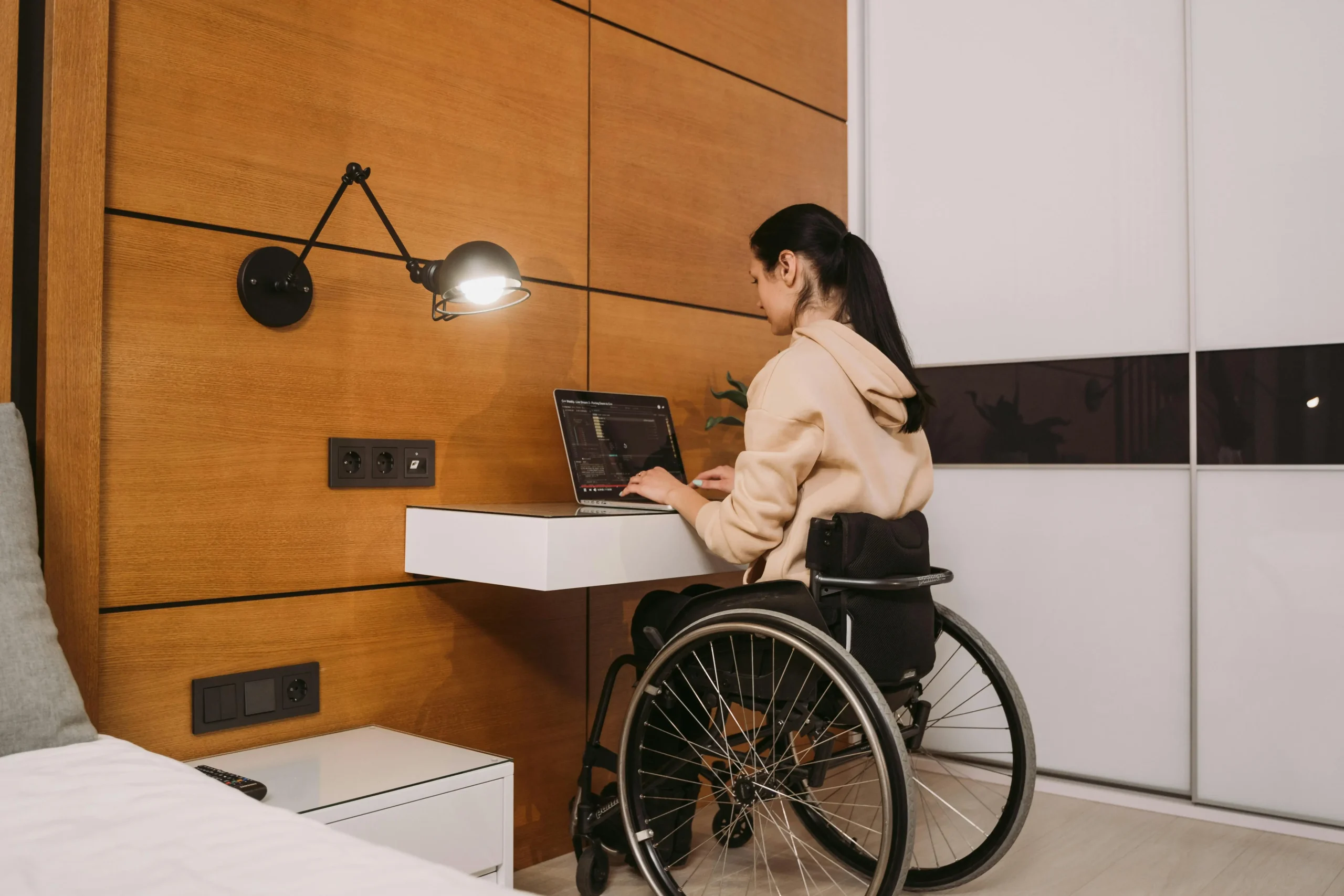In today’s rapidly evolving workplace, the importance of inclusivity cannot be overstated. Organizations that prioritize diversity and inclusion thrive by leveraging the unique perspectives, skills, and talents of all employees, including those with disabilities. Supporting disabled workers is not only a legal responsibility under laws like the Americans with Disabilities Act (ADA); it’s also a pathway to building a stronger, more dynamic, and engaged workforce. When employees feel supported, they’re more likely to be productive, loyal, and creative.
For employers, taking meaningful action to support disabled workers requires more than simply meeting compliance standards. It’s about fostering a culture of inclusivity where every team member feels valued and empowered to contribute. Below are practical strategies and insights that employers can implement to ensure that their disabled workers thrive.
1. Make the Workplace Accessible for All Employees
One of the most fundamental steps in supporting disabled workers is ensuring that your workplace is accessible. Accessibility goes beyond providing wheelchair ramps and accessible restrooms, though these are essential. It encompasses every aspect of the workplace, from physical spaces to digital platforms, ensuring that all employees can navigate and engage with their work environments effectively.
Physical Accessibility:
- Building Access: Ensure that all buildings and workspaces comply with ADA guidelines. This includes ramps, elevators, wide doorways, and accessible bathrooms. Don’t forget to include accessible parking spaces close to the building entrances.
- Workspaces: Inside the office, workstations should be adjustable to accommodate different needs. Adjustable desks, ergonomic chairs, and specialized equipment (such as standing desks) can help make work more comfortable for disabled employees.
- Meeting Rooms: Conference rooms should be equipped with technology that supports various disabilities, including hearing loops or microphones for those with hearing impairments and accessible seating arrangements for those with mobility issues.
Digital Accessibility:
- Accessible Software and Websites: Ensure that your company’s internal systems, websites, and digital tools comply with the Web Content Accessibility Guidelines (WCAG). This means using accessible fonts, offering closed captions or transcripts for videos, and ensuring compatibility with screen readers and other assistive technologies.
- Communication Tools: Choose communication platforms that support accessibility. For example, provide captions in video calls, use chat options for those who may have hearing impairments, and ensure that documents are available in accessible formats like large print, braille, or digital audio files.
Taking these steps ensures that employees can physically and digitally access their workspace without barriers, which is the first and most essential step in supporting disabled workers.
2. Offer Flexible Work Options
Workplace flexibility has become more common, particularly after the global pandemic, but it’s especially important for employees with disabilities. Some disabled employees may need accommodations such as the ability to work from home due to mobility issues, chronic pain, or frequent medical appointments. Others may require flexible hours to manage their health conditions more effectively.
Remote Work:
- Supporting Mobility Issues: For some disabled employees, commuting to and from an office can be challenging, if not impossible. Offering the option to work from home can provide a much-needed solution. Ensure that remote work tools are fully accessible and that the employee has the necessary equipment to work effectively from their home environment.
- Promoting Work-Life Balance: Remote work can also help employees balance work and personal responsibilities, particularly if they have caregiving roles or need to attend frequent medical appointments.
Flexible Hours:
- Part-Time and Custom Schedules: Offering part-time roles or allowing employees to create their own schedules can help individuals manage their health more effectively. For instance, some employees may feel more productive during certain times of the day when their symptoms are more manageable. Giving them the flexibility to work during these hours shows that you respect their needs and trust them to perform their duties effectively.
Flexibility is key to supporting disabled workers because it allows them to take control of their work-life balance and perform at their best.
3. Provide Reasonable Accommodations and Assistive Technology
Under the ADA, employers are legally required to provide reasonable accommodations for disabled employees unless it would cause undue hardship to the organization. But going beyond the legal requirement and providing the right tools can dramatically improve the work experience for disabled workers.
Accommodations in the Workplace:
- Ergonomic Equipment: Ergonomic chairs, keyboards, and desks can help prevent or alleviate physical discomfort for employees with mobility issues or chronic pain. Adjustable workstations that accommodate both sitting and standing positions can also be a valuable investment.
- Assistive Technology: For employees with visual impairments, provide screen readers or braille displays. Employees with hearing impairments may need specialized telephones, video relay services, or hearing loop systems. These tools allow workers to engage fully in their tasks and communicate effectively with their teams.
- Job Modifications: In some cases, job responsibilities may need to be modified to accommodate an employee’s disability. This might include adjusting their work hours, allowing more frequent breaks, or redistributing some tasks to other team members. Always consult with the employee to determine what will best support their success.
Remember that accommodations should be tailored to the individual needs of each employee. Open communication is key to understanding what tools and changes will make the most significant impact.
4. Promote Disability Awareness and Sensitivity Training
Creating an inclusive workplace isn’t just about making physical changes. It’s about fostering a culture of understanding and respect. Disability awareness training can help break down barriers and foster empathy among team members. When employees are educated about different types of disabilities—whether visible or invisible—they become better equipped to support their coworkers.
Disability Awareness Training:
- Understanding Disabilities: Many people may not fully understand what living with a disability entails, especially when it comes to invisible disabilities such as chronic pain, mental health conditions, or learning disabilities. Disability awareness training can provide insight into these challenges and foster greater empathy and understanding.
- Reducing Stigma: Unfortunately, stigma and misconceptions about disabilities still exist in the workplace. Training helps dispel these myths, encouraging a more positive and supportive work environment.
- Unconscious Bias: Training should also address unconscious bias. By helping employees recognize and correct their biases, you create a more inclusive culture where everyone can thrive.
Consider making disability awareness training a regular part of your diversity and inclusion program. This will ensure that every employee is knowledgeable about how to support their colleagues with disabilities and contribute to a more inclusive work culture.
5. Foster a Culture of Open Communication and Trust
Effective support for disabled workers hinges on clear, open, and respectful communication. Employers should create an environment where employees feel comfortable discussing their needs and concerns without fear of discrimination or negative repercussions.
Open Dialogue:
- Listening to Employees’ Needs: Employers should actively encourage disabled workers to share their needs. Having regular one-on-one meetings can help identify any challenges early and allow for adjustments. Make it clear that their feedback is valued and that their needs will be taken seriously.
- Confidentiality and Respect: Some employees may feel hesitant to disclose their disabilities due to fear of discrimination or stigma. Employers should always handle such discussions with the utmost confidentiality and respect, ensuring that employees feel safe to share without fear of retaliation or bias.
By fostering open communication, employers can build trust with their disabled workers. This trust is the foundation of a supportive, inclusive workplace where everyone can succeed.
Conclusion: Building an Inclusive Workplace is an Ongoing Journey
Supporting disabled workers is an ongoing commitment that requires dedication, empathy, and proactive efforts from employers. By focusing on accessibility, flexibility, accommodations, education, and open communication, companies can create a workplace where all employees, regardless of their abilities, feel valued and supported.
Equal Capable Jobs is here to help companies bridge the gap between talented individuals with disabilities and inclusive employers. Our platform connects employers with the resources, tools, and talent needed to build more inclusive and accessible workplaces. Visit Equal Capable Jobs today to learn how you can start making a difference in the lives of disabled workers.













